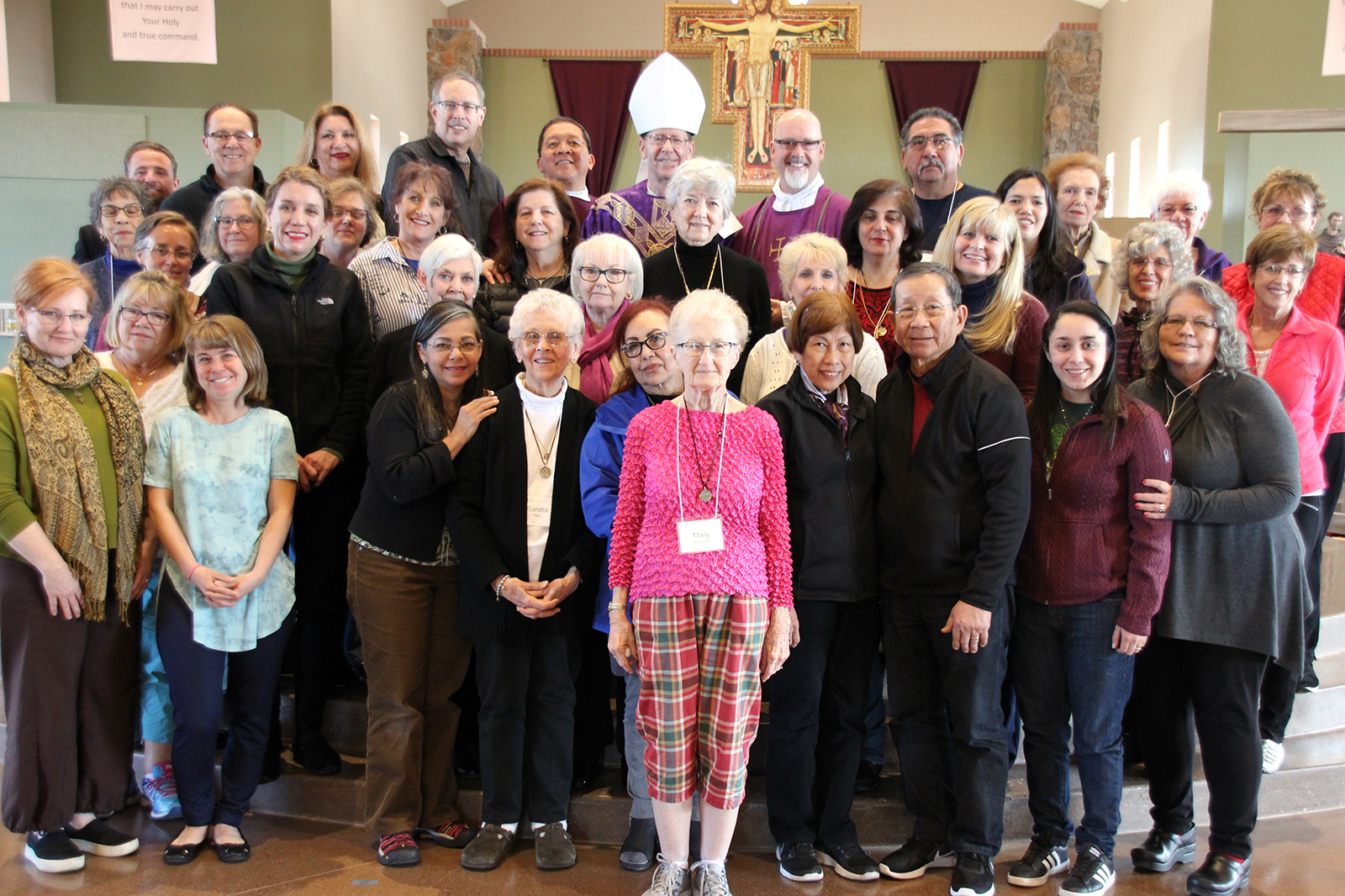
Our pilgrimage is over.
As I walked away from the bus and the 39 other pilgrims I had shared the past five days with, visiting religious, historical and cultural sites in Utah and northern Arizona, I felt a pang of disappointment.
We had traveled together, experienced God in His creation and His servants, worshipped in beautiful large cathedrals and smaller, more intimate churches, rubbed shoulders with our fellow Catholics and received warmth and hospitality every step of the way.
Before we went our separate ways, returning to our everyday lives and their routines, there was a final day of experiencing natural beauty, a stunning technological achievement, a glimpse at the history of one of America’s oldest and largest Indian tribes and Mass at one of the area’s largest and newest churches, where we were again welcomed with love by our hosts.
After leaving Kanab, Utah, we began the journey home with a trek along Highway 89 and a different view of Marble Canyon southwest of Page, Arizona. On the way, we made a 20-minute stop at the mighty Glen Canyon Dam, where water is collected and stored for use by the state and its Southwestern U.S. neighbors. Our driver permitted enough time to take photographs and a long gaze at this spectacular structure before moving on toward the Tuba City area and a look at the life, culture and history of the Navajo Nation, which lays claim to having the largest land area of any U.S. tribe.
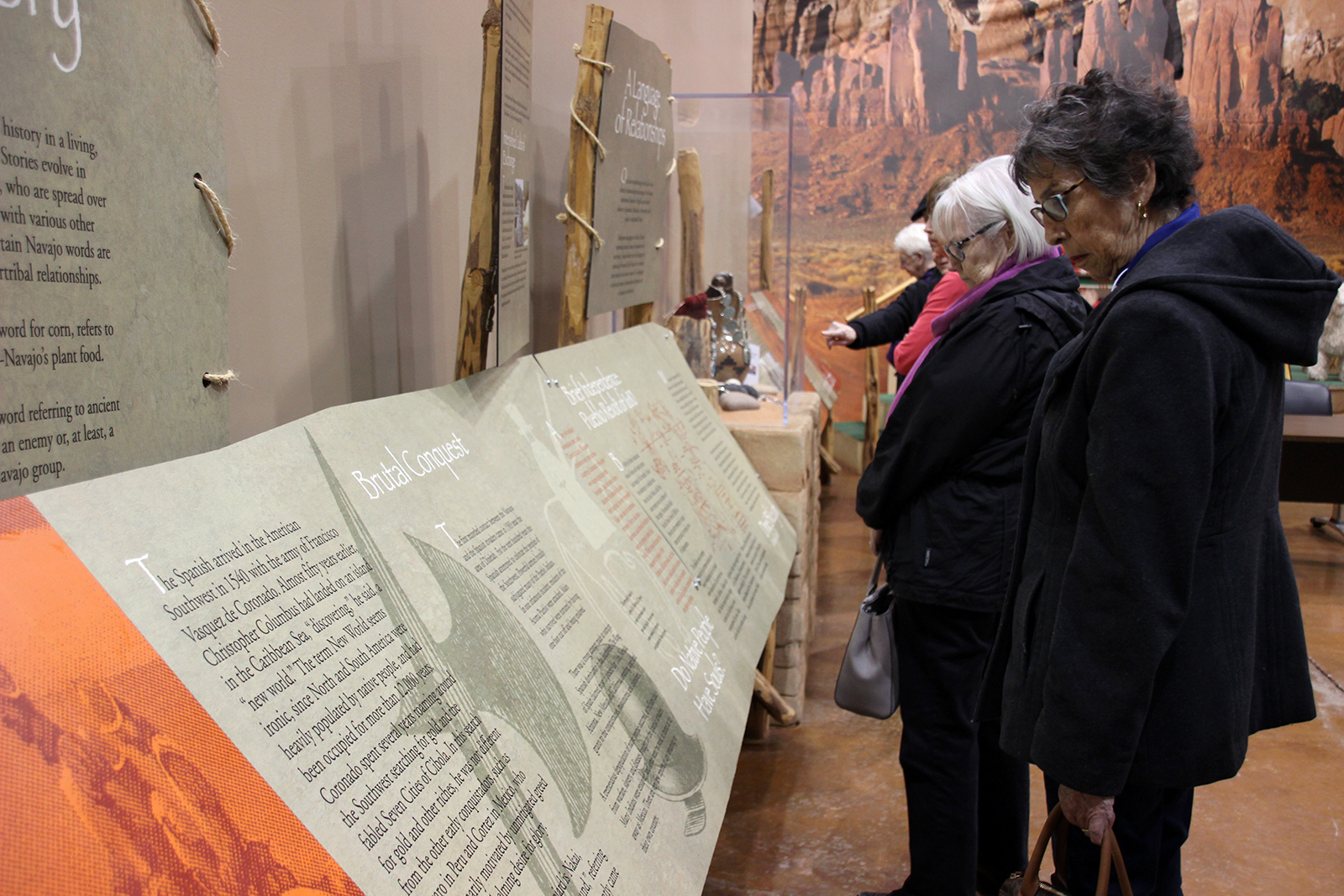
Stretching across parts of northeast Arizona, southeastern Utah and northwestern New Mexico, the Navajo territory covers over 27,000 square miles.
We learned the tribe’s story at the Explore Navajo Interactive Museum, which technically sits on the reservation, and offers numerous exhibits on traditional Navajo life, the struggles the tribe experienced over the years, punctuated by its forced move from their lands by the U.S. Army in the mid-19th century.
As I gathered video and took photographs, I noticed a number of my fellow pilgrims looking intently at the exhibits, especially the timeline.
“I am always saddened by their story,’ said Gail Ratti-Curran of Most Holy Trinity Parish and a former teacher. “They were greatly persecuted. We wiped out their way of getting food. Children were taken away from their families to go off to Eastern schools where they became Americanized,” she noted.
Today, parents who desire the integrity of their culture be maintained for their children send them to reservation schools, rather than outside ones.
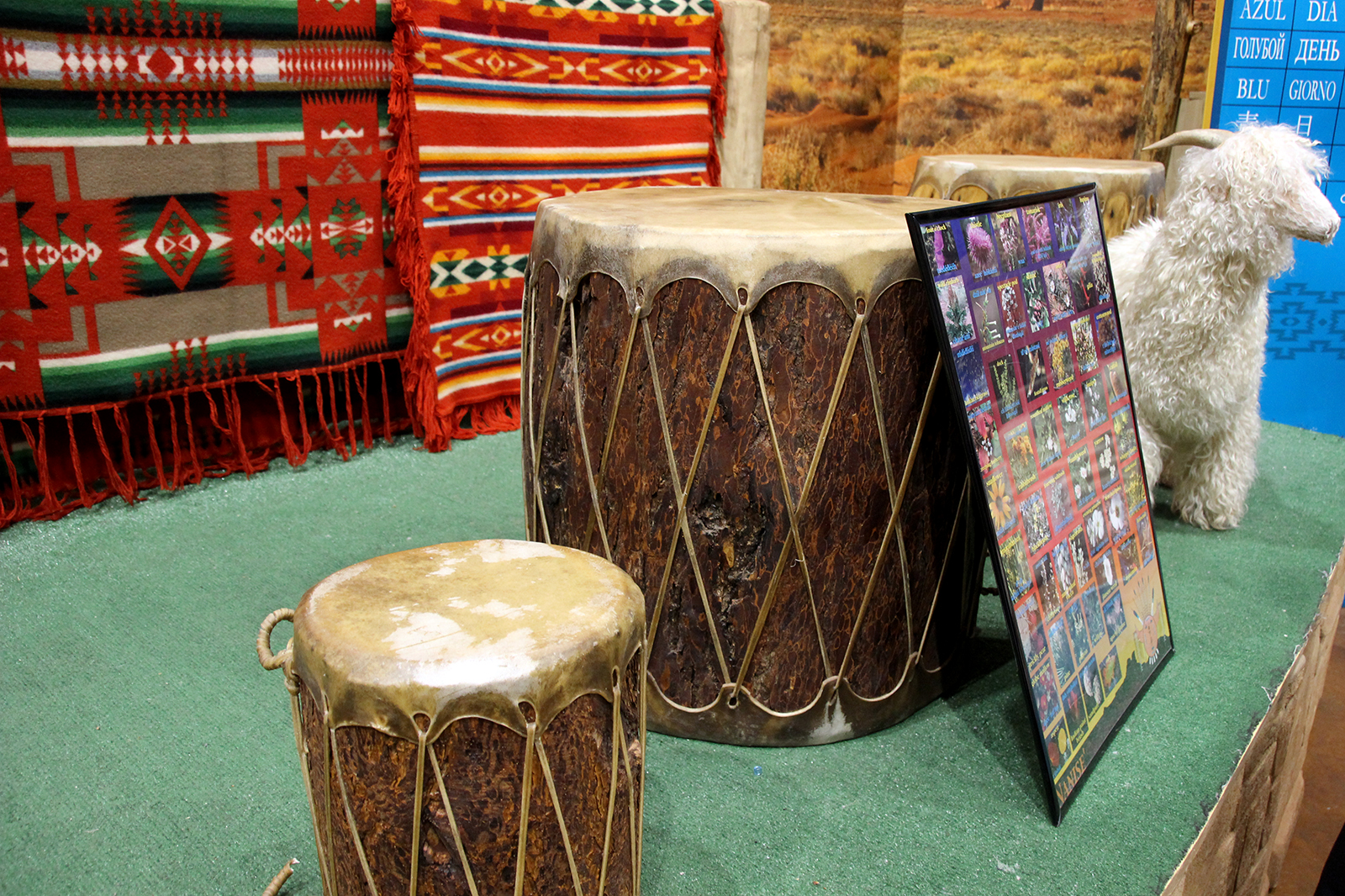
Others were impressed by the story of the Navajo Code Talkers, a group of tribe members who became Marines, allowing the U.S. to avoid disclosure of military plans during World War II through use of the Navajo language.
From the museum, we returned to Flagstaff, where we’d visited the Nativity of the Blessed Virgin Mary Chapel on Saturday. San Francisco de Asís is a modern building. It sits atop a plateau east of the downtown area.
During Mass, Bishop Thomas J. Olmsted focused at one point in his homily on the joy and wonder we had experienced at several of the natural landscapes we had seen during visits to Zion and Bryce Canyon national parks.
On the way back from Zion, we prayed the Canticle of the Three Young men, taken from Daniel 3, praising God at one point for “the mountains”, “the rivers” and other parts of Creation. The passage is the prophet’s account during the Jews’ captivity in Babylon of three young Hebrews thrown into a furnace for refusing to worship King Nebuchadenezzer and their miraculous survival, singing the canticle while being surrounded by flames.
The bishop noted the three remained faithful to God and reminded us that in the worst and best of times in our lives, we should give praise to God.
“When things are going well, we should be praising and blessing God. No matter how things are going, there isn’t far ahead of us another battle the Lord allows so we can put all our trust in Him and grow stronger.”
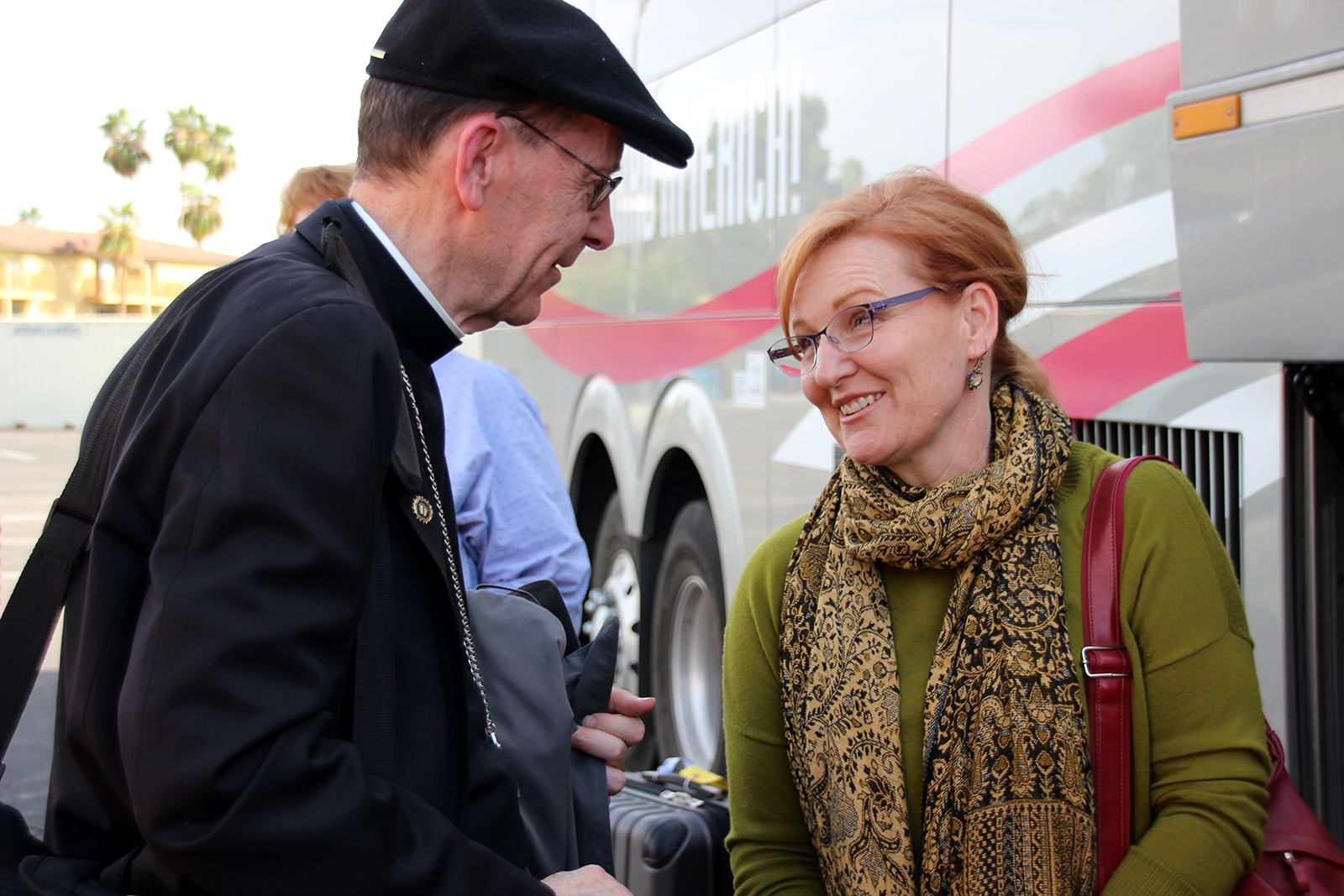
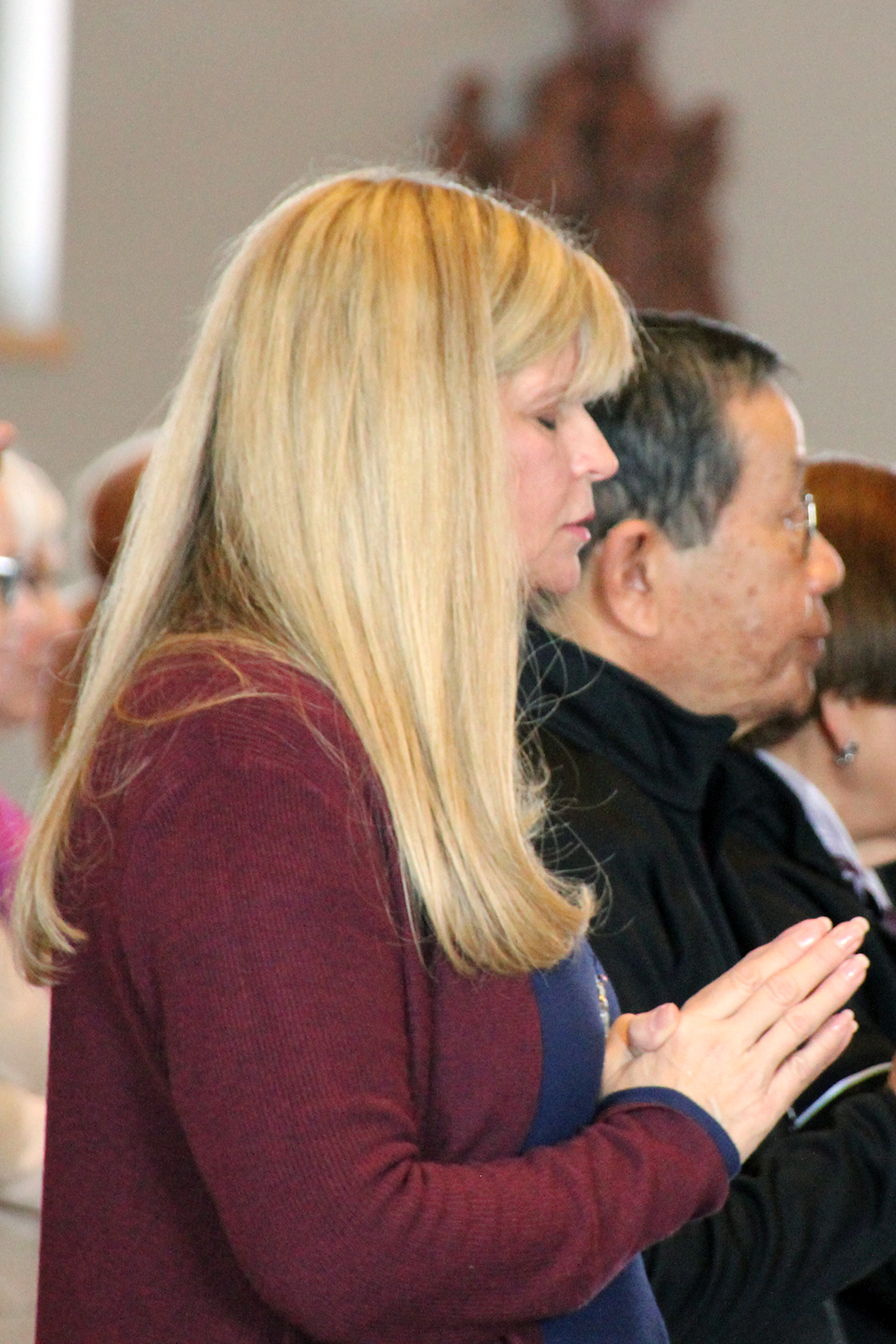
A group photo was followed by a brief lunch and the final drive to Phoenix.
I was glad to return to the familiarity of home, thankful for the variety of sights and people we experienced during our five days together.
“I’m sad,” admitted Maryann Symancyk of St. Paul Parish and a member of the Friends of the Cathedral, which sponsored the pilgrimage. “(It’s difficult) saying goodbye to everybody. “You saw the body of Christ in action; so much of it: the wit, the humor, the love.”
Well said, and a great way to sum up our pilgrimage. We may have only been together less than a week, but the experience, I’m sure, will leave a lasting impression on all of us. Glory be to God.






